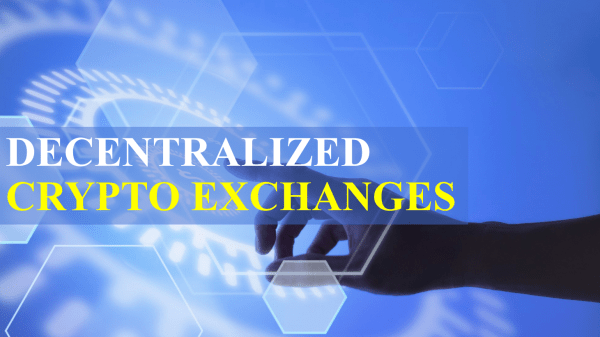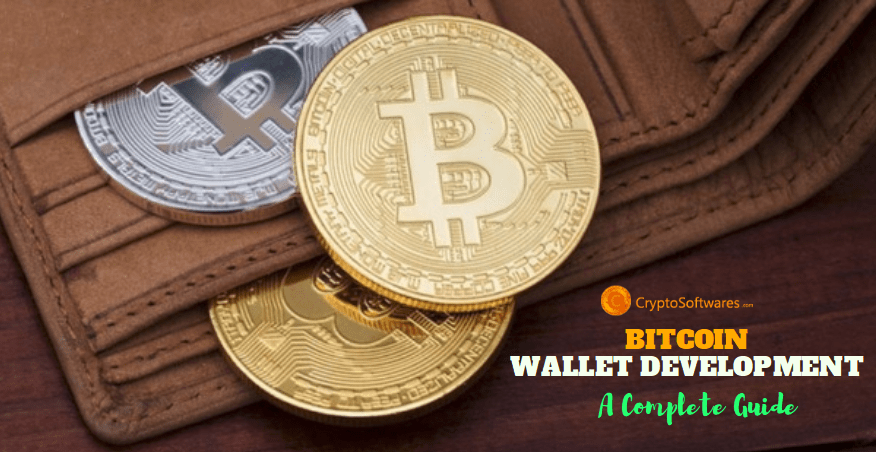
Various Types Of Decentralized Crypto Exchanges
SubscribeDecentralized finance or DeFi is the latest buzzword around the cryptocurrency industry. Crypto exchanges are becoming hugely impacted by DeFi. Decentralized exchanges or DEXes such as Uniswap and Pancake swap have seen a recent spike in popularity. The total trading volume in DEXes skyrocketed from $1 billion in May 2020 to $85 billion in May 2021. Decentralized exchanges are non-custodial peer-to-peer cryptocurrency platforms connecting buyers with sellers. On a DEX platform, the user always remains in control of their private keys when transacting as opposed to centralized exchanges. But exactly are these Decentralized exchanges and what are the different types of Decentralized exchanges? Let’s have a look.
What is a Decentralized Exchange?
A decentralized exchange is a cryptocurrency exchange in which the user is always in control of their private keys. It eliminates the need for intermediaries in the trade of cryptocurrencies. In centralized exchanges, the exchange acts as a custodian on your behalf. The trades you perform are not actually on the blockchain, but on the database of the exchange. Even though centralized exchanges are easier for newcomers to use and provide faster trading, they can also restrict your access to your crypto, limit or pause your capability to trade it or even be vulnerable to cyber-attacks. DEXes make use of smart contracts for cryptocurrency trading between individuals. Orders are executed directly on the blockchain and users are always in control.
Advantages of Decentralized Exchanges
1. Security:
As mentioned above DEXes are non-custodial and you always maintain control of your private keys. When your cryptocurrencies are stored on centralized exchanges, you have no assurance of ownership because the exchange has control of private keys. There have been many instances of centralized exchanges getting hacked over the years.
2. Trustlessness:
On centralized exchanges, every transaction is supervised and registered by a central authority. Decentralized exchanges execute trades by using smart contracts and register them directly to the blockchain. These transactions are trustless.
3. Lower Fees:
Decentralized exchanges charge lower transaction fees compared to Centralized exchanges. The fee is around 0.3% in DEXes like Uniswap. This is a highly attractive feature for active traders. The popularity of DEXes may even force centralized exchanges to drop their fees in the near future.
4. Privacy:
People value their privacy more than anything these days. In decentralized exchanges, users are not required to disclose their information to third parties, and usually, no registration is required to use the exchange.
Types Of Decentralized Crypto Exchanges
1. Automated Market Maker DEXs
Automated market makers or AMM DEXs run on smart contracts. These smart contracts maintain the matching of the liquidity pool. AMM’s liquidity is presented by liquidity providers who invest their assets in the pool. Liquidity providers are compensated with rewards like LP tokens and a share of the entire trading fees for giving liquidity. The rewards depend on the contribution they have given to the liquidity pool. Such DEXs do not use an order book. So, the trades occur between the immediately available pools, and the value of the assets is decided by the algorithm of the AMM. Uniswap, Balancer, and Curve are some of the popular DEXs that use the AMM protocol.
2. Reserve system DEX
Reserve system DEXs are functionally very much similar to Automatic Market Maker DEXs. AMM DEX is algorithmically run and the prices are automatically determined by smart contracts. Even though this promises liquidity stability, market makers have the chance to manipulate the market. This is due to AMM DEXs generally being highly prone to impermanent loss because of price fluctuations. So when large transactions are performed on the DEX, there could be very high slippage. RS DEXs was created to overcome this. Reserves are several liquidity providers or market makers who support the ERC-20 standard and have their own practices to regulate the prices of assets. This enables risk management and helps set low slippage for large transactions.
3. Peer-To-Peer DEXs
Peer-to-Peer DEXs are also known as order-matching systems because it allows the parties involved to trade cryptocurrencies in a peer-to-peer fashion. Trades can be conducted directly from the user’s wallets. The types of P2P DEXs are:
- Atomic Swaps
- Subatomic swaps
- Off-chain
Atomic swaps DEXs connect users without an intermediary in such a way that trades are either fully completed or not completed at all. All the trades are performed on the blockchain between the wallets of the parties involved in a trustless manner. The most popular Atomic swaps are designed to function as non-custodial, permissionless platforms.
Atomic swaps only allow the transfer of value, subatomic swaps enable the transfer of files such as documents in a trustless way. Also, they can be used to perform trades in multiple swaps. If a user wants to sell their multiple crypto assets worth $50, he/she can use Subatomic swaps to automatically complete 50 transactions of $1 each to minimize any kind of risk involved.
Atomic swaps deal with the trades on-chain, the off-chain DEX keeps the order book away from the primary blockchain. This method guarantees that the orders are matched off-chain and the trade is executed on-chain, which provides quicker settlement times.
Read more on Create ADA Token on Cardano Blockchain
Parallel Processing DEXs
In parallel processing DEXs smart contracts are used to perform trades, but it is not similar to AMM. Both the Liquidity providers and users make use of the multi-reserve currency to complete trades or present liquidity. Multi-reserve currency is also used as a liquidity pool. One of the major benefits of parallel processing DEXs is that AMMs process transactions in a sequence while parallel processing DEXs can process multiple transactions at once. Here multiple transactions are placed in a block and then forwarded for processing. This improves transaction speed, minimizes risk, allows effective use of liquidity and fair pricing of pooled assets.
Conclusion
Here we have taken a detailed look at Decentralized exchanges, their advantages, and the different types of DEXs. Despite the mentioned advantages, DEXs are still in their infancy, and a lot of development still has to be done. The next few years could be huge for Decentralized exchanges and they could potentially overthrow Centralized exchanges in the future.
- What is Cryptojacking? Detection and Preventions Techniques
- How to Give Cryptocurrency As a Gift?
- Blockchain Development Life Cycle – Step by Step Guide
- How To Hire A Blockchain Developer For Your Company
- How to Choose the Right Bitcoin Development Company – A Complete Guide
- Common Bitcoin Scams – Beware Of Fraudsters
- How can entrepreneurs leverage blockchain in 2023?
- Role of Blockchain in Cyber Security
- Document and Certificate Verification Through Blockchain Technology
- Initial Coin Offering (ICO): Everything you need to know in 2023
- Categories
- Azure Blockchain Service
- Bitcoin
- Bitcoin Development
- Blockchain Application
- Blockchain Application Development
- blockchain developer
- Blockchain Development
- common bitcoin scams
- Crypto software features
- Crypto softwares
- Cryptocurrency
- Cryptocurrency Development
- Cryptocurrency Exchange Software Development
- Cryptocurrency review
- Cryptocurrency Trading
- Cryptocurrency Wallet Development
- ERC20 Token Development
- Hashing Algorithm
- ICO Development
- ICO Development Service
- ico website development
- Proof of Stake Coins
- Smart Contract Development
- Uncategorized












Leave a Reply